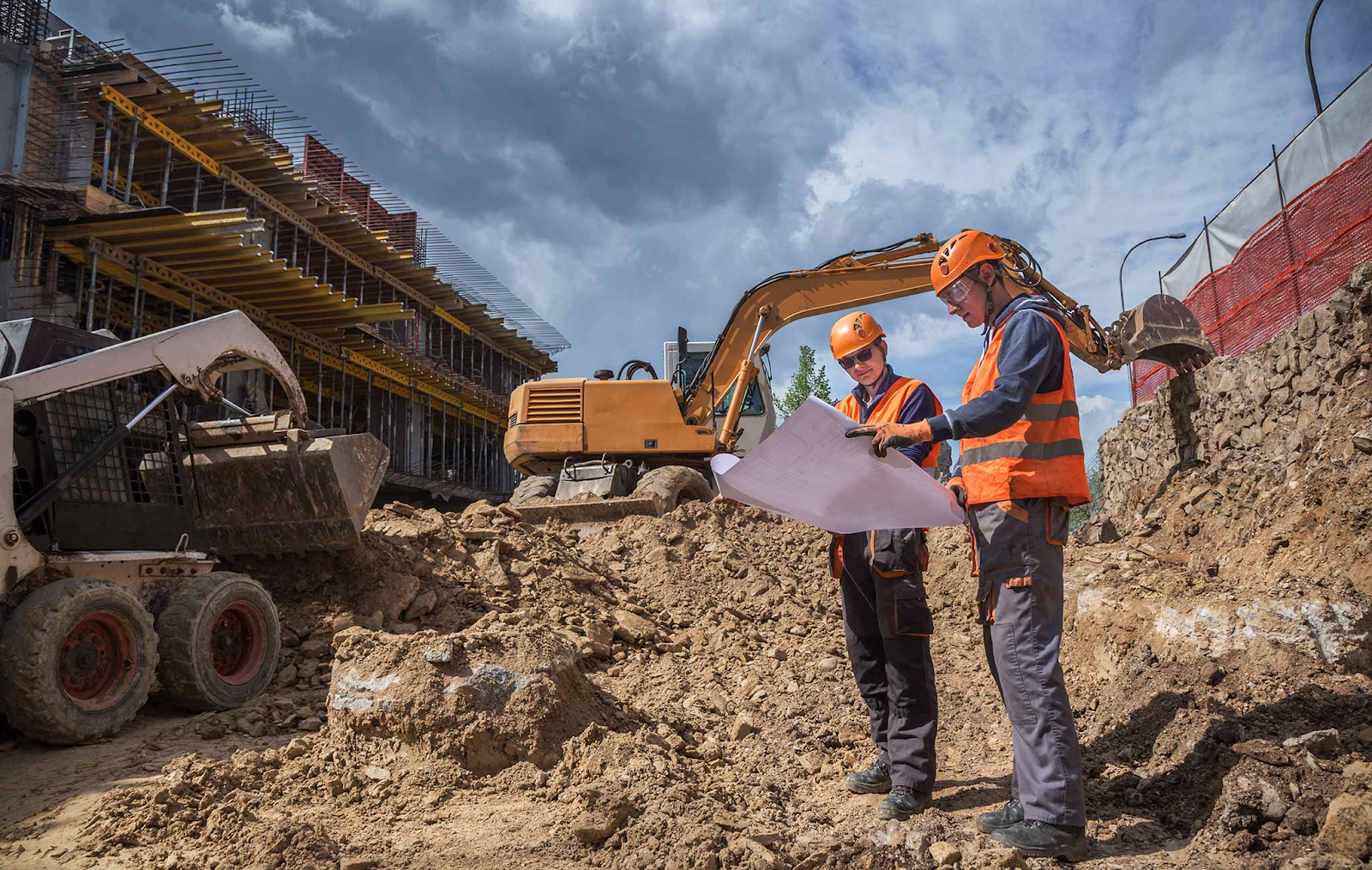The 6-Minute Rule for Geotechnical Engineering For Construction Projects
The 6-Minute Rule for Geotechnical Engineering For Construction Projects
Blog Article
Geotechnical Engineering For Construction Projects for Dummies
Table of ContentsThe Main Principles Of Geotechnical Engineering For Construction Projects Some Known Questions About Geotechnical Engineering For Construction Projects.Unknown Facts About Geotechnical Engineering For Construction ProjectsSome Known Details About Geotechnical Engineering For Construction Projects Some Ideas on Geotechnical Engineering For Construction Projects You Need To KnowThe Best Strategy To Use For Geotechnical Engineering For Construction Projects
The duty of geotechnical engineering significantly manages understanding the functions of dirt and rock, which may vary significantly by their thickness, dampness material etc. These features should be taken a look at by geotechnical engineers to anticipate their movements under different situations. The security along with security of structures are affected by soil problems, making this evaluation necessary.A geotechnical engineer will certainly analyze dirt to figure out the bearing capability of the earth and advise correct structure types, such as shallow foundations, deep foundations like piles, or specialized remedies like drifting foundations for soft dirts. Recognizing the features and activities of soil and rock, along with how they interact with buildings that have been put up on or within them, is one of the main descriptions for why geotechnical design is crucial.
Ecological security is completed through geotechnical design. Knowledge in air, water, and soil quality maintenance is placed to make use of by geotechnical designers to reduce the unfavorable impacts of projects.
To sum up, geotechnical engineering is a vital discipline that protects the resilience and stability of civil facilities. Geotechnical designers contribute to making structure jobs efficient all over the globe by recognizing the behaviour of earth materials and applying proper preparation strategies.
Geotechnical Engineering For Construction Projects Fundamentals Explained
The fundamental security of any job is crucial. Geotechnical design plays a crucial function in ensuring that structures are developed on strong ground, actually and figuratively. By examining dirt, rock, and subsurface conditions, geotechnical engineers provide essential insights that aid in the design, building and construction, and maintenance of buildings and framework.

Top Guidelines Of Geotechnical Engineering For Construction Projects
Laboratory screening: Establishing the homes of soil and rock. Area screening: Conducting tests on-site to analyze problems. Analysis and style: Utilizing data to create structures, keeping wall surfaces, passages, and various other structures. A number of high-profile building projects have successfully used geotechnical engineering to guarantee their security and security. For circumstances:: The globe's tallest structure called for a deep understanding of the underlying geology.

As a leader in geotechnical design, BECC Inc. is devoted to delivering cutting-edge and efficient options that fulfill the highest standards of high quality and safety. For additional information on just how BECC Inc. can support your following construction project, call us today and allow us assist you construct on solid ground.
William Rankine, a designer you can try here and physicist, developed a different to Coulomb's earth pressure concept. Albert Atterberg developed the clay consistency indices that are still made use of today for soil category. In 1885, Osborne Reynolds recognized that shearing reasons volumetric dilation of thick materials and contraction of loose granular products. Modern geotechnical design is claimed to have started in 1925 with the magazine of Erdbaumechanik by Karl von Terzaghi, a mechanical engineer and geologist.
The Geotechnical Engineering For Construction Projects Statements
Terzaghi likewise developed the structure for theories of birthing ability of structures, and the concept for prediction of the price of negotiation of clay layers due to combination. After that, Maurice Biot totally created the three-dimensional soil consolidation concept, expanding the one-dimensional design formerly created by Terzaghi to a lot more general hypotheses and introducing the set of fundamental formulas of Poroelasticity.
Geotechnical engineers investigate and figure out the properties of subsurface problems and materials.
The Only Guide for Geotechnical Engineering For Construction Projects
Still, they are often utilized to enable a geologist or engineer to be lowered into the borehole for direct visual and hand-operated assessment of the dirt and rock stratigraphy. Various soil samplers exist to meet the requirements of different engineering tasks. The common penetration examination, which makes use of a thick-walled split spoon sampler, is the most common means to gather disturbed examples.

Normally, the interface's precise geometry is unidentified, and a simplified user interface geometry is assumed. Limited slopes call for three-dimensional versions to be analyzed, so most slopes are assessed assuming that they are considerably vast and can be represented by two-dimensional versions.
The 4-Minute Rule for Geotechnical Engineering For Construction Projects
Producing the design based on a working theory of habits expected under the most possible conditions. Selection of quantities to be observed as building and construction profits and determining their anticipated values based on the functioning hypothesis under the most unfavorable problems.
Dimension of amounts and evaluation of real conditions. Layout modification per actual problems The observational approach appropriates for construction that has actually already started when an unforeseen growth go to these guys happens or when a failure or crash looms or has actually already happened. It disagrees for jobs whose layout can not be changed throughout building.
Report this page